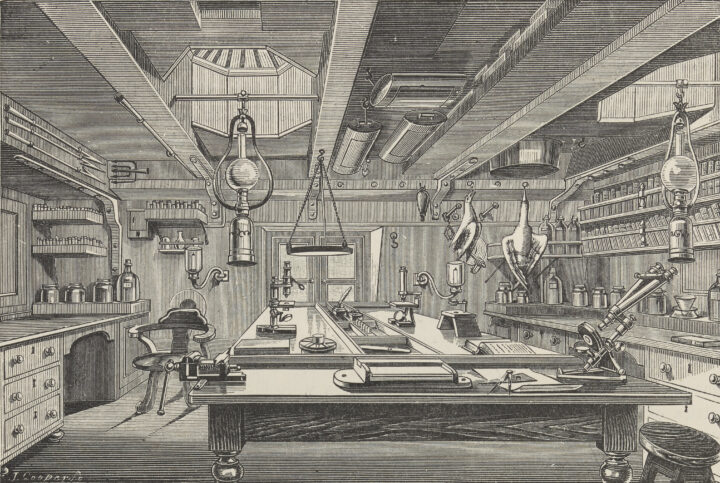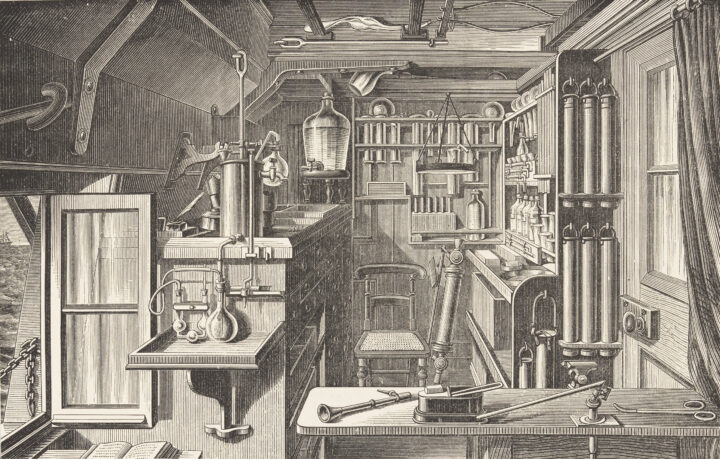Before it became a research vessel, Challenger served the trade and colonial interests of the British Empire. While part of the North America and West Indies and Australia Stations, regional commands of the Royal Navy, Challenger
was brought in to enforce colonial authority over indigenous peoples, sometimes with violent consequences.
As the flagship of the Australia Station, responsible for the waters around Australia and New Zealand, Challenger undertook a punitive mission in Fiji in 1868. Following increasing hostilities between locals near the Rewa River and white settlers over occupied land on the island of Viti Levu, the ship shelled and burned a village, killing more than 40 indigenous people.



